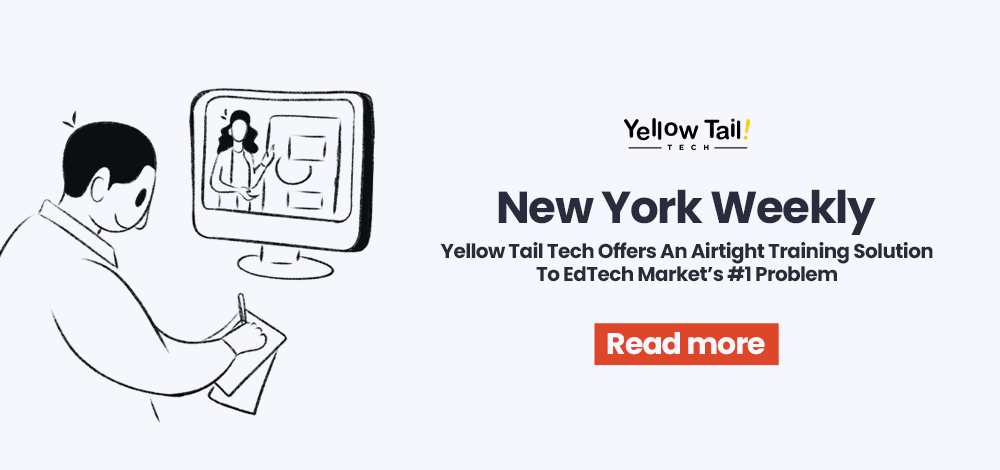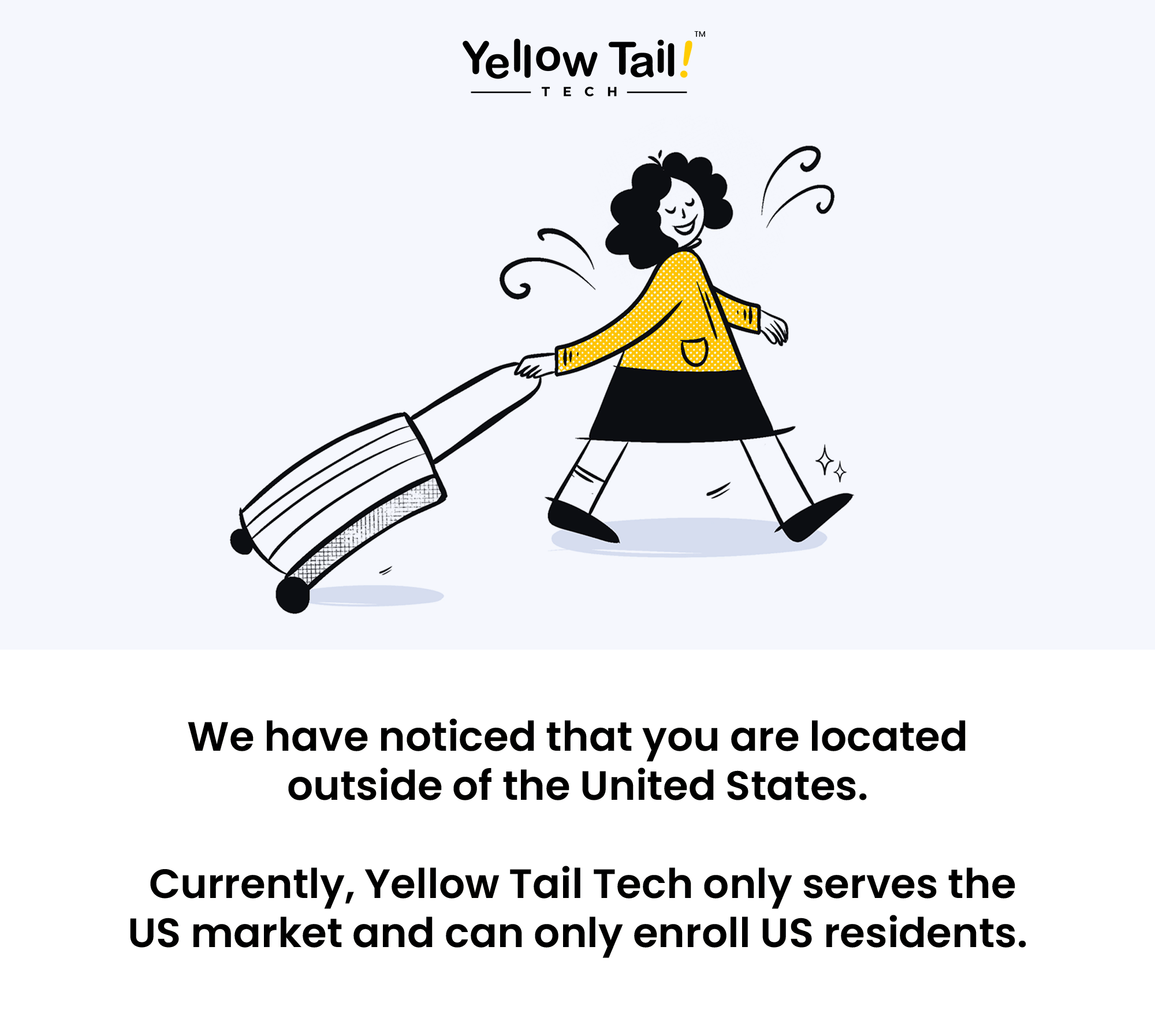There are a few standard things that you should include in a resume. Things like your contact information, work history, relative linux technical skills to the position you’re applying for, and many more. Even searching up resume templates on Google can give you ones that you can fill up. However, there might be some things you’re missing.
The reason why you can’t always trust Google to have your back in terms of creating a resume is that templates are not able to cover everything. The common job recruiter spends an average of seven seconds looking at someone’s resume. This is because what they are looking for is how you format things and how you present each section.
The first impression that you make is what matters most. Treat your resume as how you would be on a first date – presentable and dressed up a bit. Optimize your resume to be in its best shape because it should be reflective of the exact job you’re applying to. If you’re wondering how to write a technical resume that secures interviews, then focusing on the right structure, key qualifications, and relevant experience is crucial.

How to Write a Resume: Optimization Guide on how to write a technical resume
Always keep in mind that a good resume does not mean one that extends one page. What is truly important is that your spelling and grammar are on point, because within those seven seconds, these are the things that they look for.
Our Career Success Coach, Rob Coble, provides these small tips to remember when making your resume. When your resume turns out lacking in some specific departments, these will most likely be discarded as recruiters move on to the next one. Additionally, ensure your resume is compatible with applicant tracking systems (ATS) to enhance the chances of your job application being successful.
These are some things to keep in mind before formulating your resume:
- The way you format things is important. This is where grammar, spelling, and sectioning enter.
- Your resume should always reflect what type of job you are applying to and the specific job description.
- Customizing your resume is OK, especially with regards to the summary section so it can specifically reflect the job you are applying for and what the recruiters seek.
- Although you are free to customize, make sure that each section is uniform in how they look.
- Use consistent fonts and sizes.
- One page for a resume is preferred, but two is alright as long as the information remains relevant. Avoid going over two pages.
- Always update your resume, whether you have new skills acquired, projects done, or new job experience. It should always be added to what you accomplish.
- Avoid exaggerating anything, never straight out lie about anything because your reputation will be at stake.
- You should always be ready to discuss anything that is on your resume.
Each Section Matters
There are a number of important things to include in your resume. Crafting a compelling resume is crucial for capturing the attention of hiring managers and increasing your chances of being called for an interview. For one, the following sections should always be in your resumes, such as the masthead, summary, skills, technical experience, work experience, and education. There is a lot of other additional information you can choose to put, but these are the crucial ones. A strong resume effectively highlights all key skills and experiences to impress employers.
Starting off with the masthead, it should consist of…
- Your name is in bold, with a larger font than anything else in the resume.
- Full contact information such as your phone, email, and hyperlinked LinkedIn profile.
- Your city and state.
- A professional email address to ensure a polished application.
Using a professional resume template can project confidence and clarity, making you stand out in competitive job markets.
The summary should include…
- What you can offer to the company and position.
- It should show that you are passionate about this.
- Spelling and grammar should be on point.
What are your personal tools that can help you do the job? Your skills, of course.
- Be as thorough as can be.
- Know how to do anything you put here, as well as when to use it.
- This section provides recruiters with a quick glance into how you will be able to contribute to the company.
- Including both hard skills and soft skills ensures that you demonstrate versatility.
- Highlighting relevant skills that match the job requirements can effectively catch the attention of recruiters.
How do your skills play into your professional resume?
- This section and the skills section show recruiters what you know and how you use this knowledge.
- If you have no previous tech experience, our projects and tickets at Procore will help you build this up.
- This is where you show examples of how you accomplished things and how it helped your previous projects and companies.
- Always use bullet points describing your contributions and arrange them according to the specific needs that the job you are applying to requires.
- Tailoring your job applications by customizing your resume and cover letter for each position can significantly enhance their effectiveness.
Show your reliability and responsibility through work experience.
- Any job that you have worked for over a year shows that you are reliable.
- Avoid showing the years where you had jumped from job to job, as you may want to present yourself with stability.
- Show off skills such as communication, critical thinking, productivity, etc.
- Have this section in the same format as your technical experience.
- Follow a reverse chronological order to showcase your most recent and relevant experience first.
How has your relevant coursework helped you learn these skills?
- Many recruiters will consider your certifications as important or more important than degrees.
- Any higher education you have should be included; high school can be irrelevant.
- Do this section in the same format as your previous experience sections.
- Including relevant coursework can strengthen your application, especially for recent graduates.
Certifications, licenses, and training are crucial for job seekers, as they can significantly enhance your qualifications and appeal to potential employers.
Choosing the Right Resume Format
When it comes to how to write a technical resume, one of the most important decisions you’ll make is choosing the right format. With so many different types of resumes out there, it can be overwhelming to decide which one is best for you. In this section, we’ll break down the different types of resume formats and provide tips on how to choose the right one for your needs.
Pick the best resume format for your needs.
There are three main types of resume formats: chronological, functional, and combination. A chronological resume is best for those with a strong work history, as it lists your work experience in reverse chronological order. This format is ideal for showcasing a steady career progression and relevant job titles. A functional resume, on the other hand, is best for those with gaps in their work history or who are changing careers, as it focuses on your skills and qualifications rather than your work history. This format allows you to highlight your key skills and relevant coursework, making it easier for hiring managers to see your potential. A combination resume is a mix of the two and is best for those who want to highlight both their work history and skills. This format provides a balanced approach, allowing you to showcase your technical skills and professional experience effectively.
How many jobs should you list on a resume?
When it comes to listing jobs on a resume, the general rule of thumb is to list your most recent and relevant work experience. This can vary depending on your industry and experience level, but here are some general guidelines:
- If you have less than 5 years of work experience, list 1-2 jobs.
- If you have 5-10 years of work experience, list 2-3 jobs.
- If you have more than 10 years of work experience, list 3-4 jobs.
Remember to only list jobs that are relevant to the job you’re applying for, and be sure to highlight your achievements and skills in each job. Tailoring your work experience to match the job description will make your resume more compelling to hiring managers. Focus on showcasing your key skills and how they contributed to your previous roles, making it clear how you can add value to the prospective employer.
Consider a resume builder to make a resume quickly.
If you’re short on time or not sure where to start, consider using a resume builder to make a resume quickly. Resume builders provide pre-made resume templates and guidance on how to fill them out, making it easy to create a professional-looking resume in no time. Plus, many resume builders offer features like keyword optimization and formatting suggestions to help your resume stand out. Using a resume builder can save you time and ensure that your resume is polished and tailored to the job description.
What other additional information can you put?
- This section can be optional, but if space permitting, it can be a good spot where you show off yourself and who you are.
- You may add skills like the languages you speak, and some technical skills like graphics or programming.
- You can also add volunteering activities for charities or organizations.
Even if you might be worried that your resume is not as technical as you would like, this is where we at Yellow Tail Tech come in to help you. We can give you projects, tasks, and internship experience to build your technical background. This, including our program, can shape you into the person you need to be to successfully get into the tech industry.
If you are looking for an opportunity to break into tech, Yellow Tail Tech can give you the skills needed to succeed. We offer you our 100% airtight online program, where even without an IT background, you can build impactful careers in tech. Our career success coach and industry-certified professional instructors guide you through the program, which lands you in that thriving position.
Book a 10-minute intro call with our Enrollment Advisor so your questions will be answered in detail. Don’t miss out on this chance to thrive and succeed, only with Yellow Tail Tech.
Frequently Asked Questions
- What additional information can strengthen a resume?
Additional information such as certifications, professional training, volunteer work, or relevant projects can strengthen your resume and showcase your qualifications. - What mistakes should I avoid on a resume?
Avoid spelling errors, poor formatting, irrelevant information, and exaggerations. Recruiters quickly notice inconsistencies or cluttered resumes. - How far back should my work history go?
Most resumes only need the past 10–15 years of relevant work experience. Older jobs can be left off unless directly related to the role.






